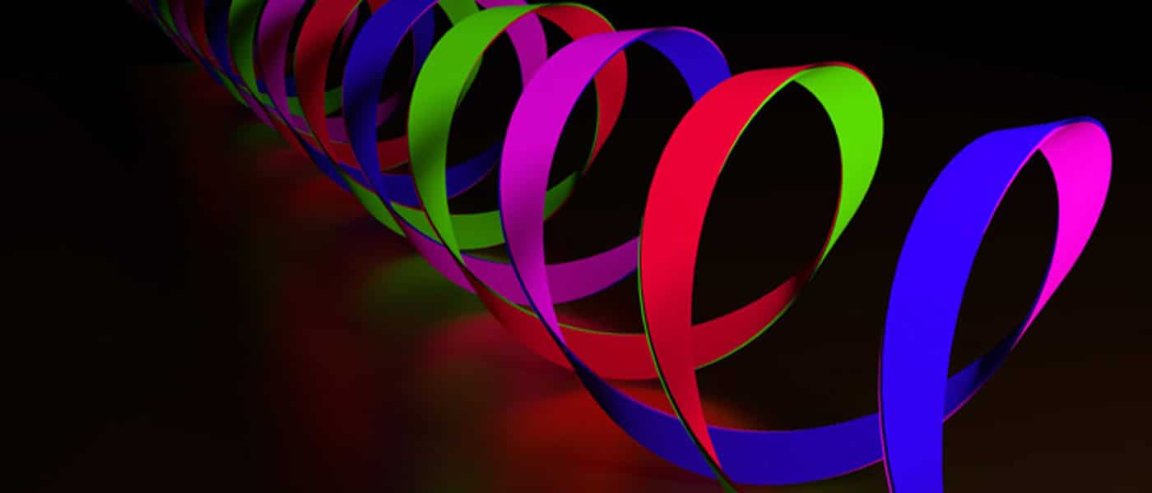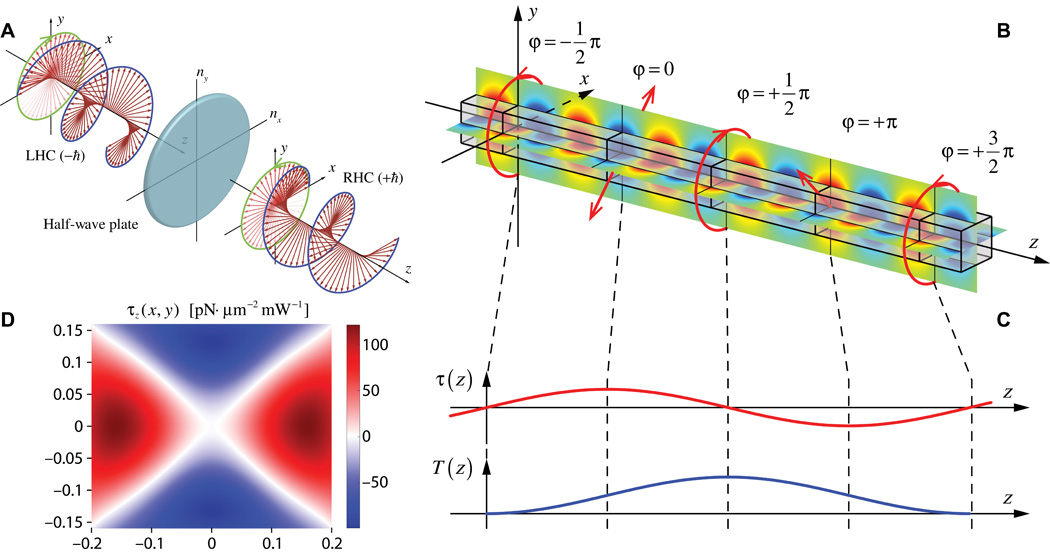
Photon spins and light wins!
Measure the torque generated by light on a microscale mechanical device. That’s essentially what Professor Mo Li and his team from the University of Minnesota’s College of Science and Engineering set out to do with “Optomechanical measurement of photon spin angular momentum and optical torque in integrated photonic devices,” a new study published in the journal Science Advances this month.
When studied in the context of light, torque is generated by the spin angular momentum of particles called photons. Richard Beth of Princeton University and Worcester Polytechnic Institute first measured optical torque in the mid-1930s, confirming the theory that photons can have angular momentum and providing mechanical proof that light has a quantum nature.
However, his measurements were based on the rotation of a wave plate two inches in diameter, while this new study proved that this twisting force could be used to induce rotational motion in mechanical devices on a microscale — on a thin wire waveguide measuring only 400 nm wide and 340 nm high, to be exact.
From this experiment, the team at UM was able to draw a significant number of valuable results. They took the first definitive measurements of the spin angular momentum of a single photon and of the optical torque generated in an integrated photonic device. They also identified several factors that influence optical torque, including the material and geometry of the waveguide.

Use The Force…of Light
As a topic of research, light seems to be in the limelight recently, and an understanding of photon mechanics can push this even further.
The potential applications of the team at University of Michigan’s research range from the industrial to the commercial. It could be used to create improved miniaturize gyroscopes for military use, in space exploration where there is the potential to create antimatter using light, to build better communication systems that utilize Li-Fi (the transmission of data using visible light)…
Really, this new study could have an impact anywhere the light shines.